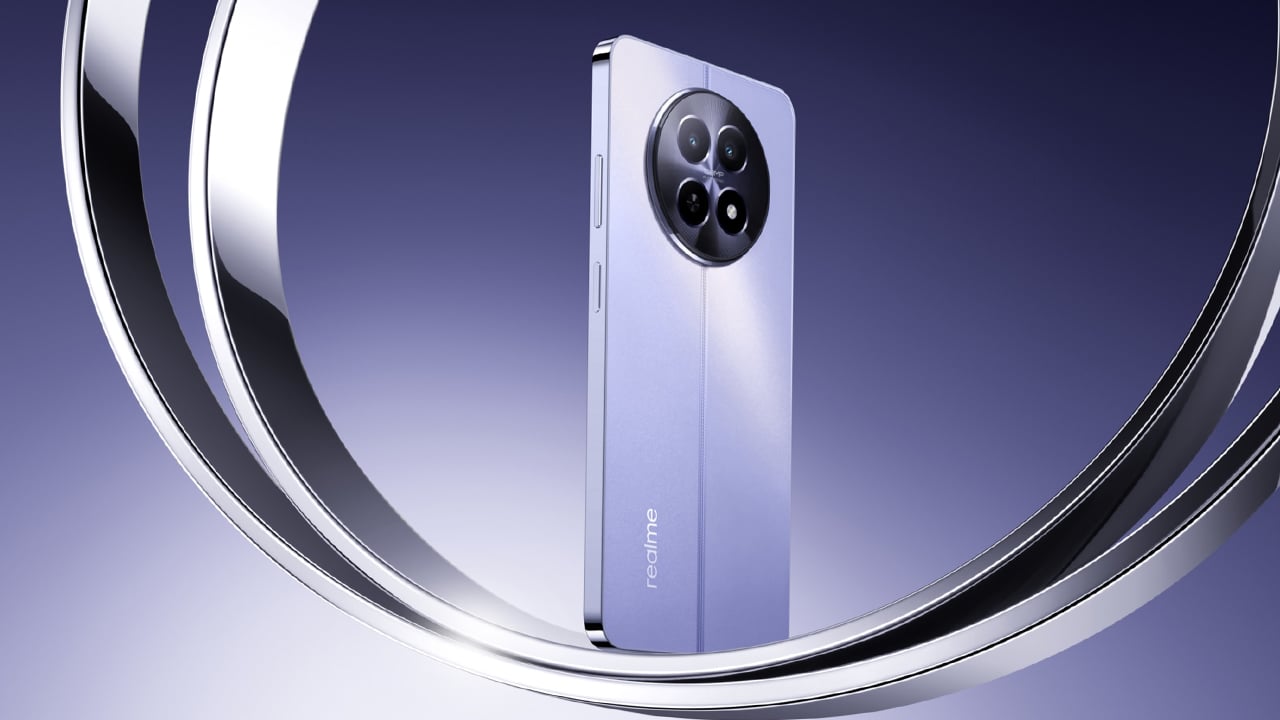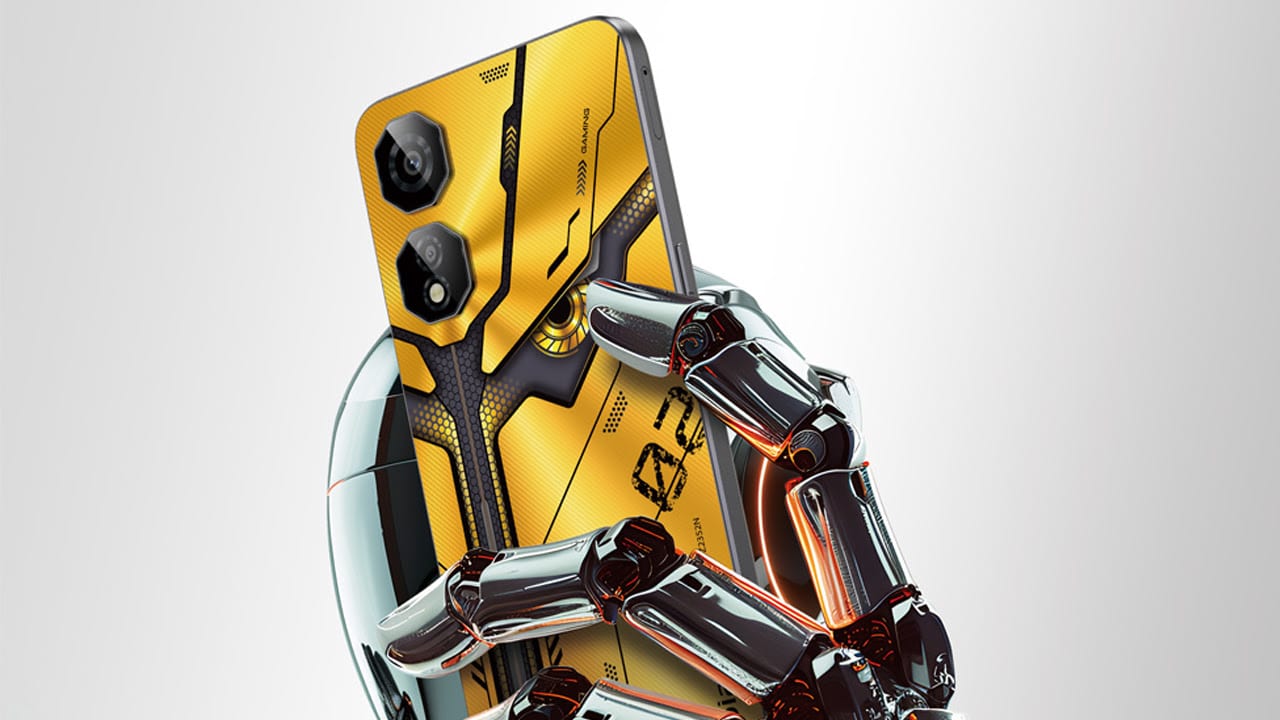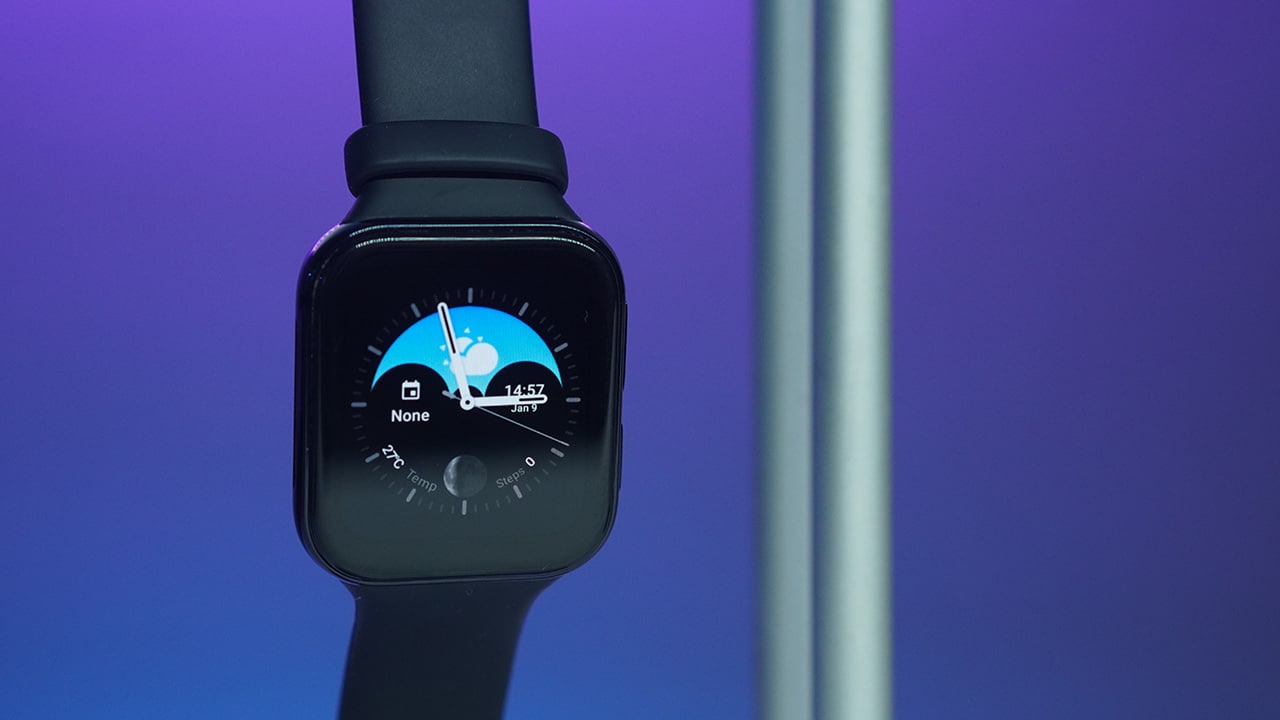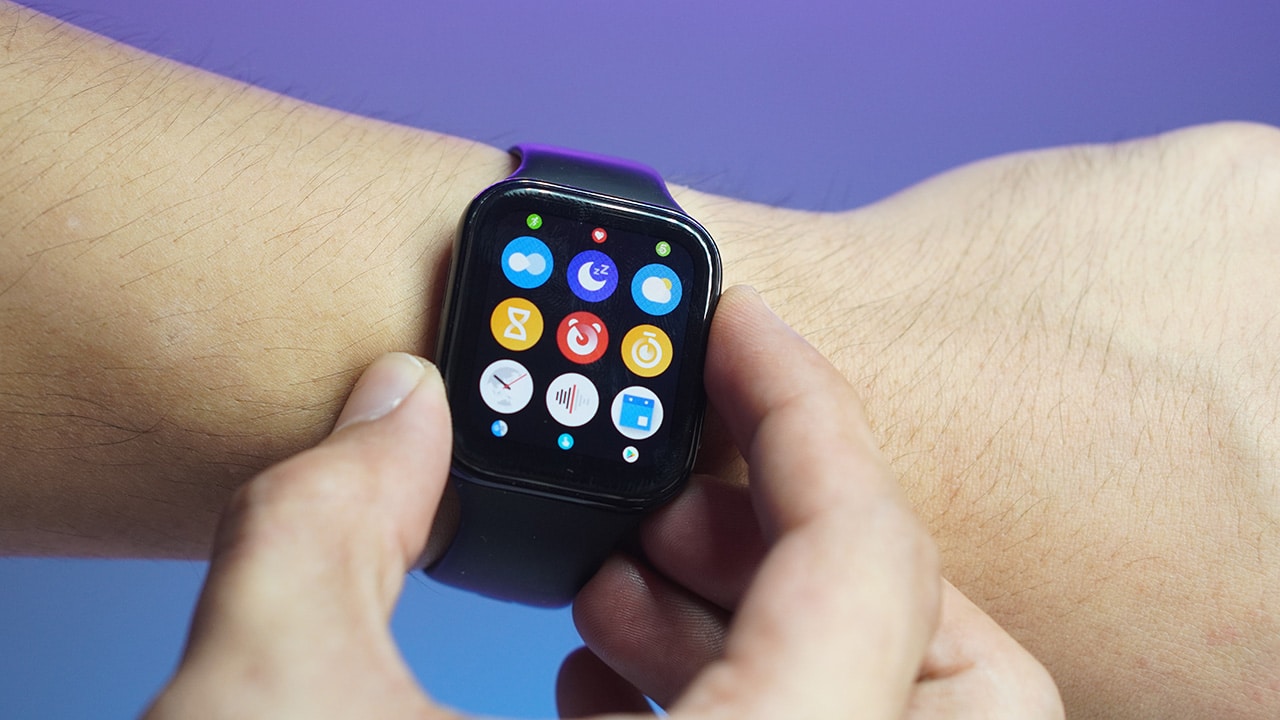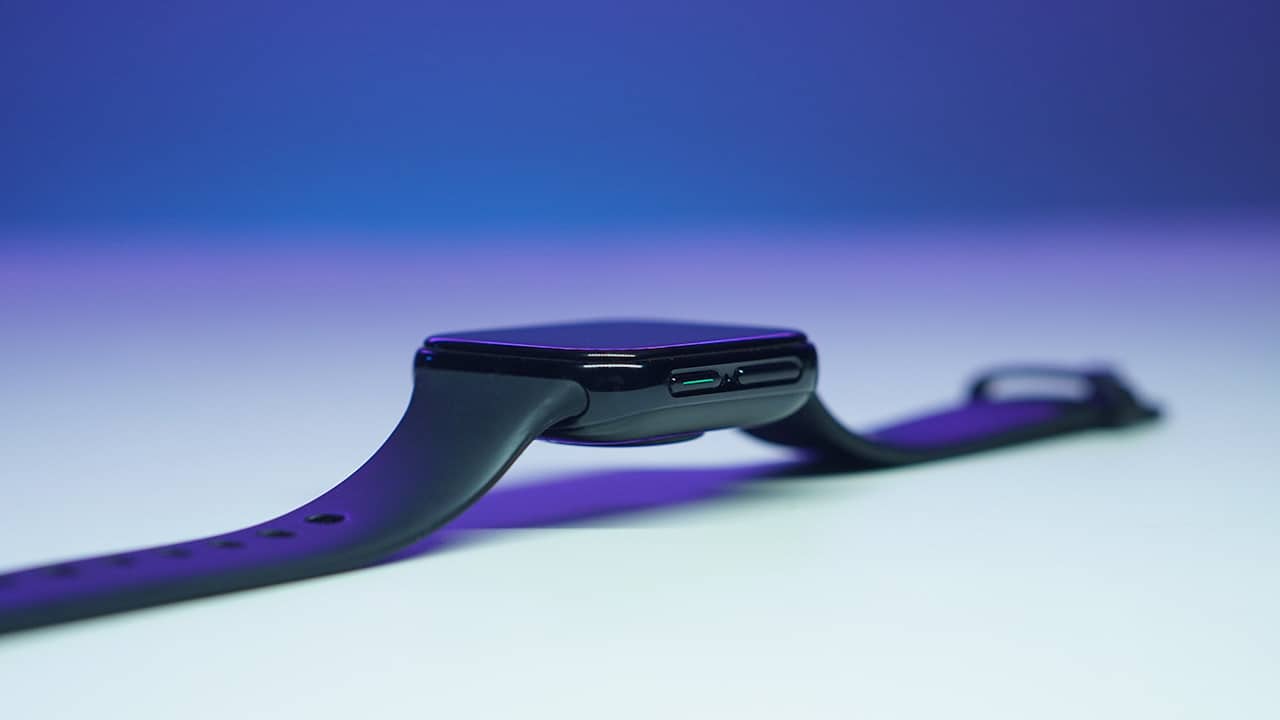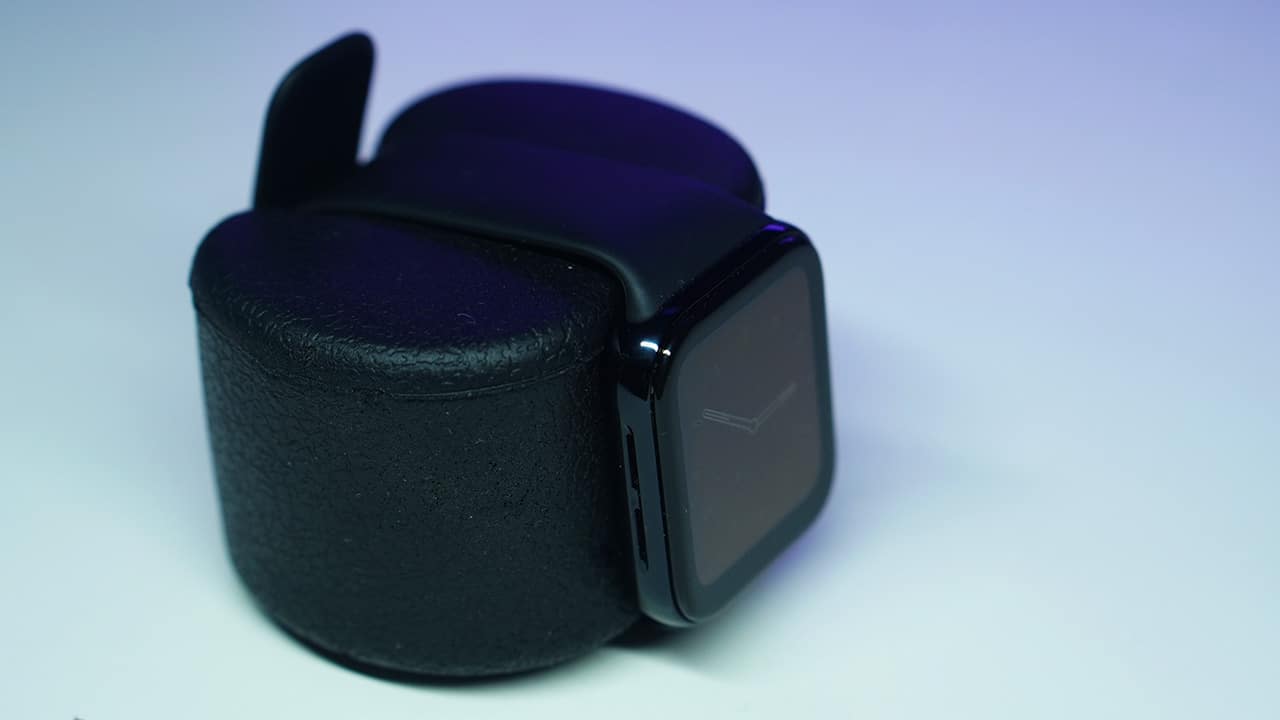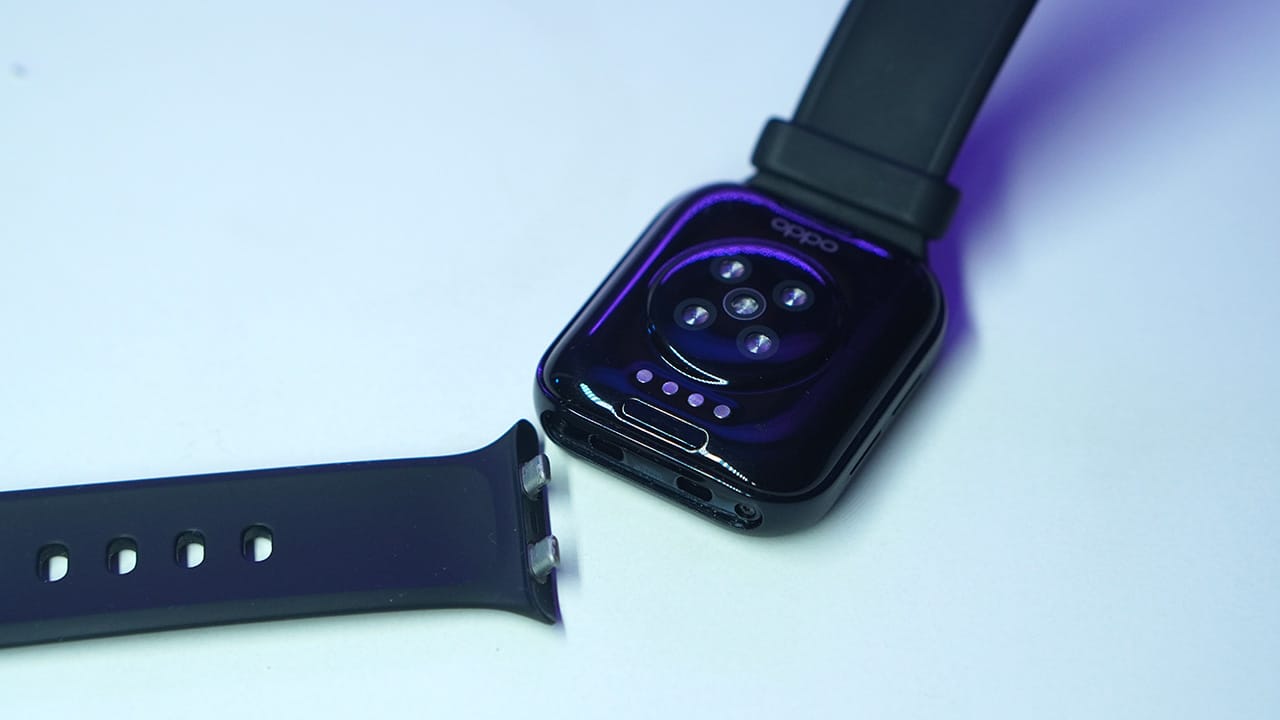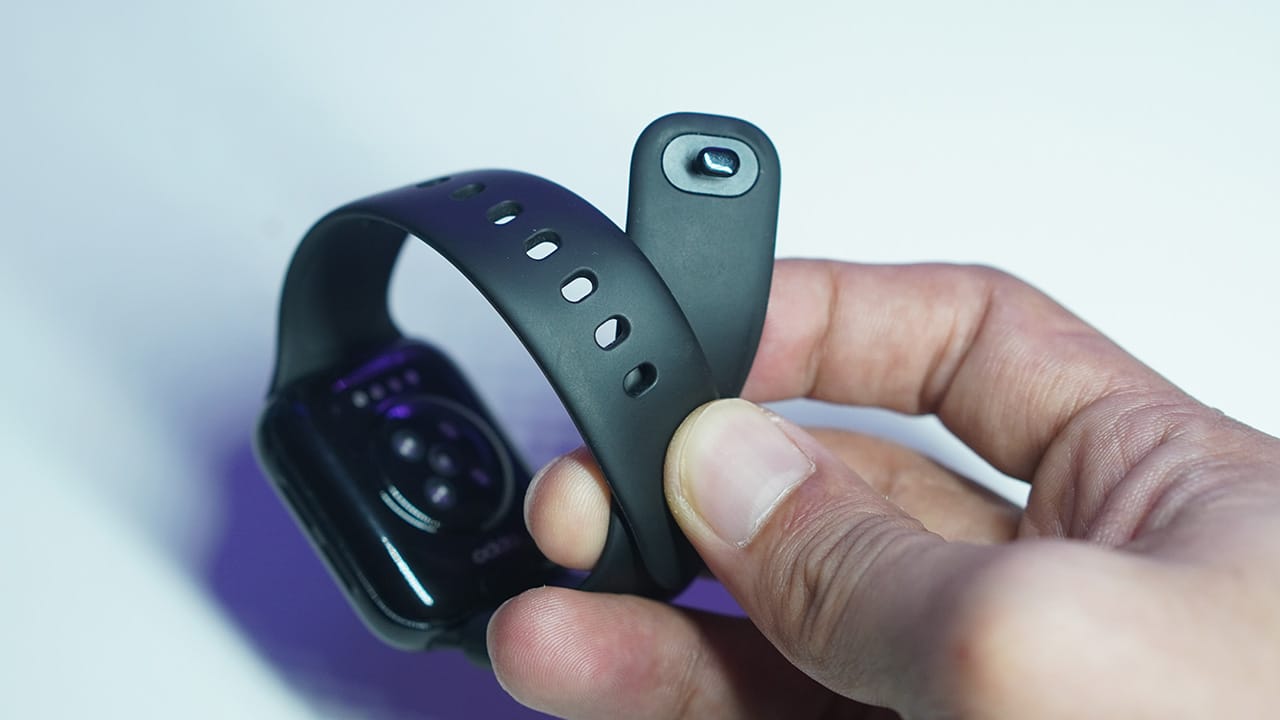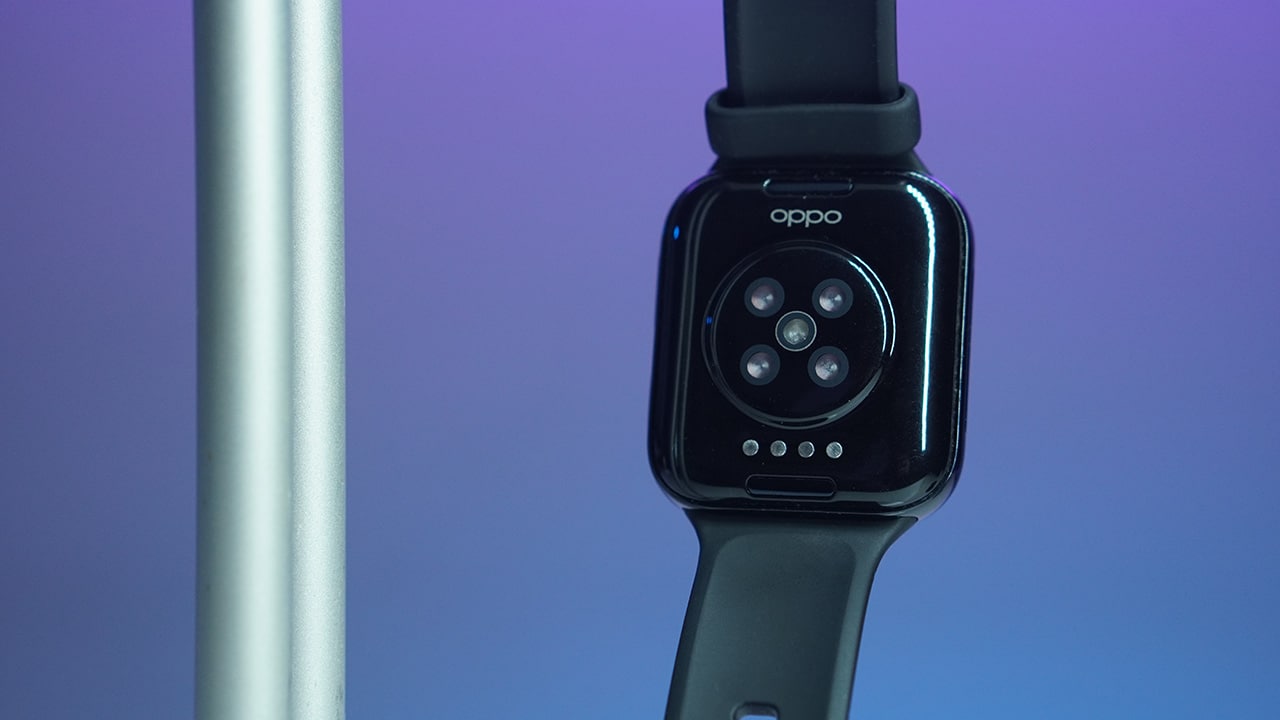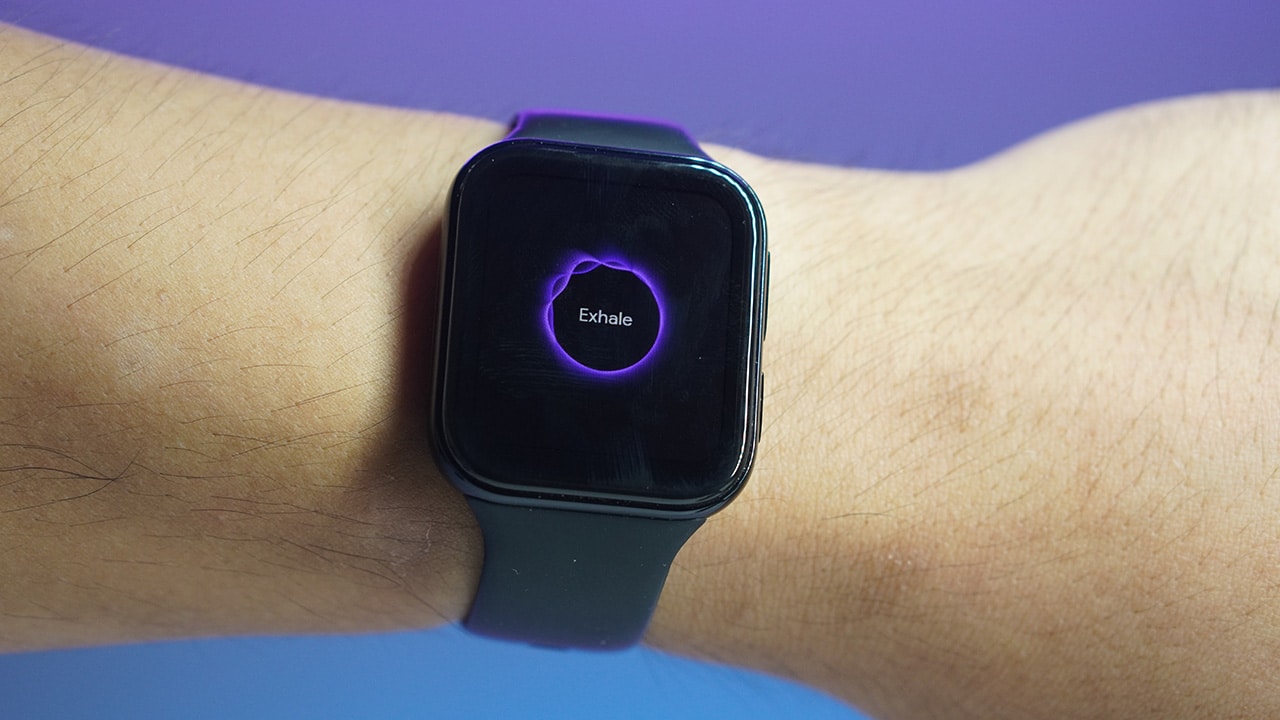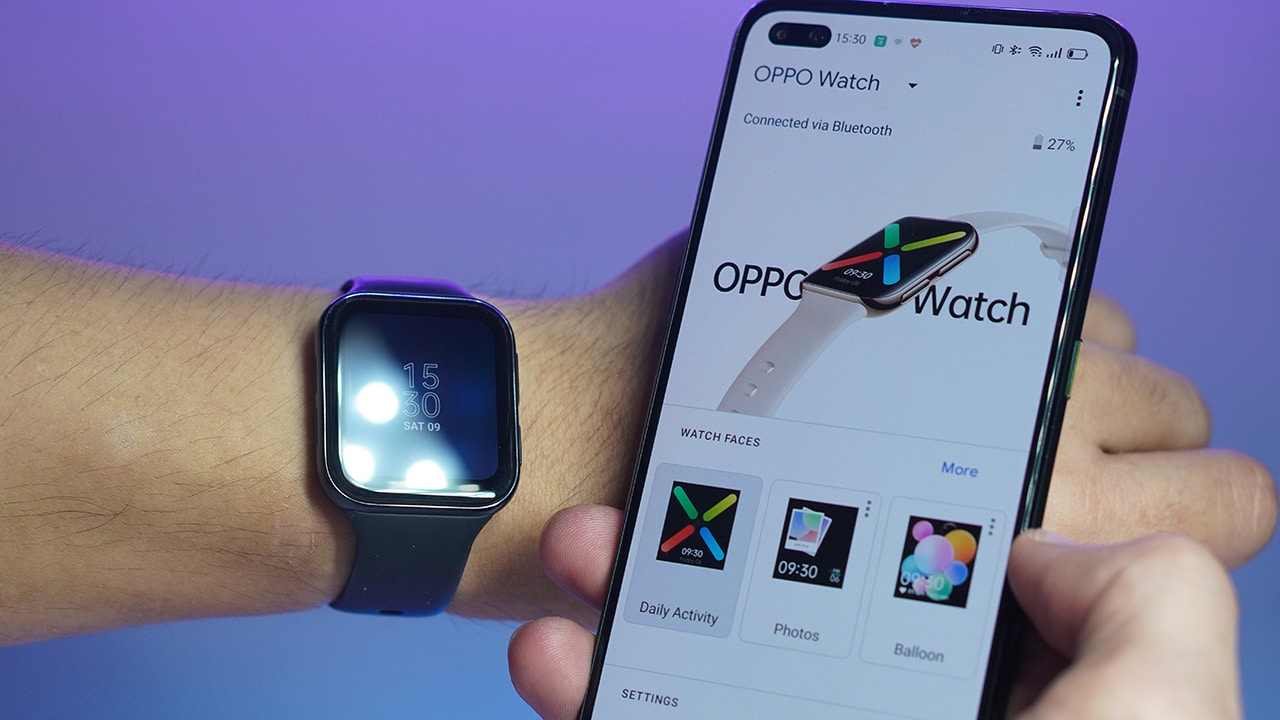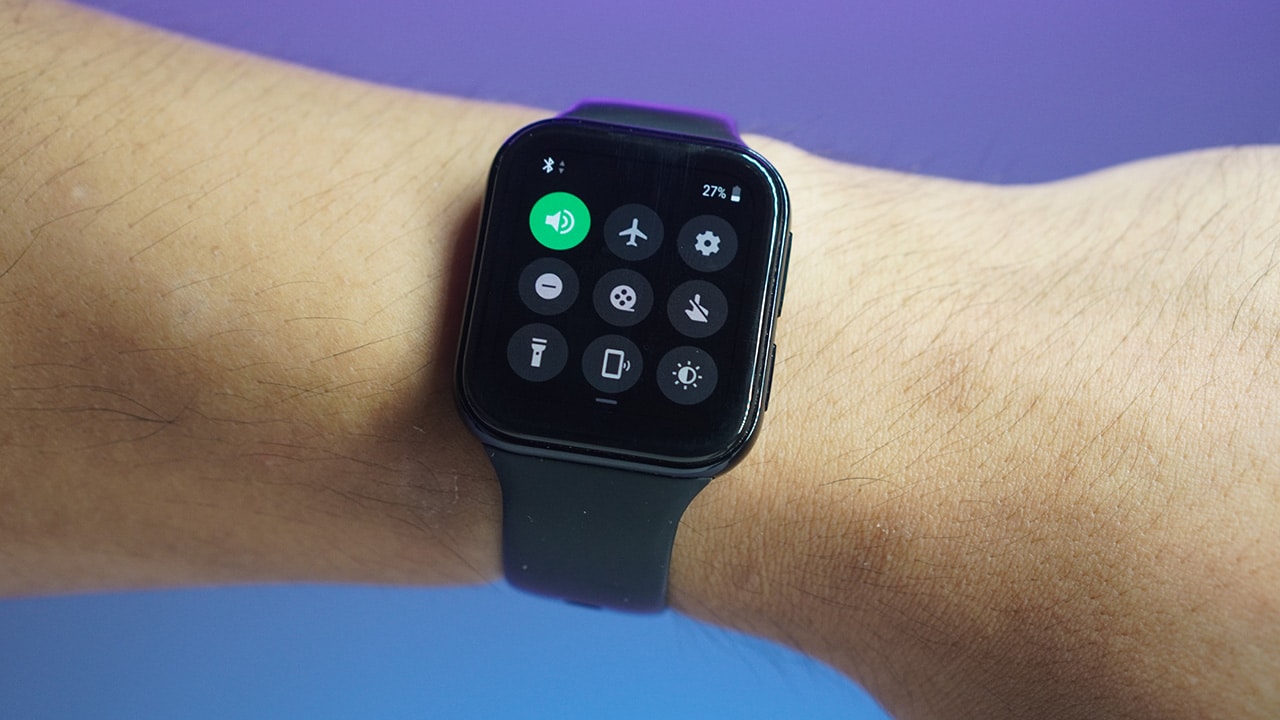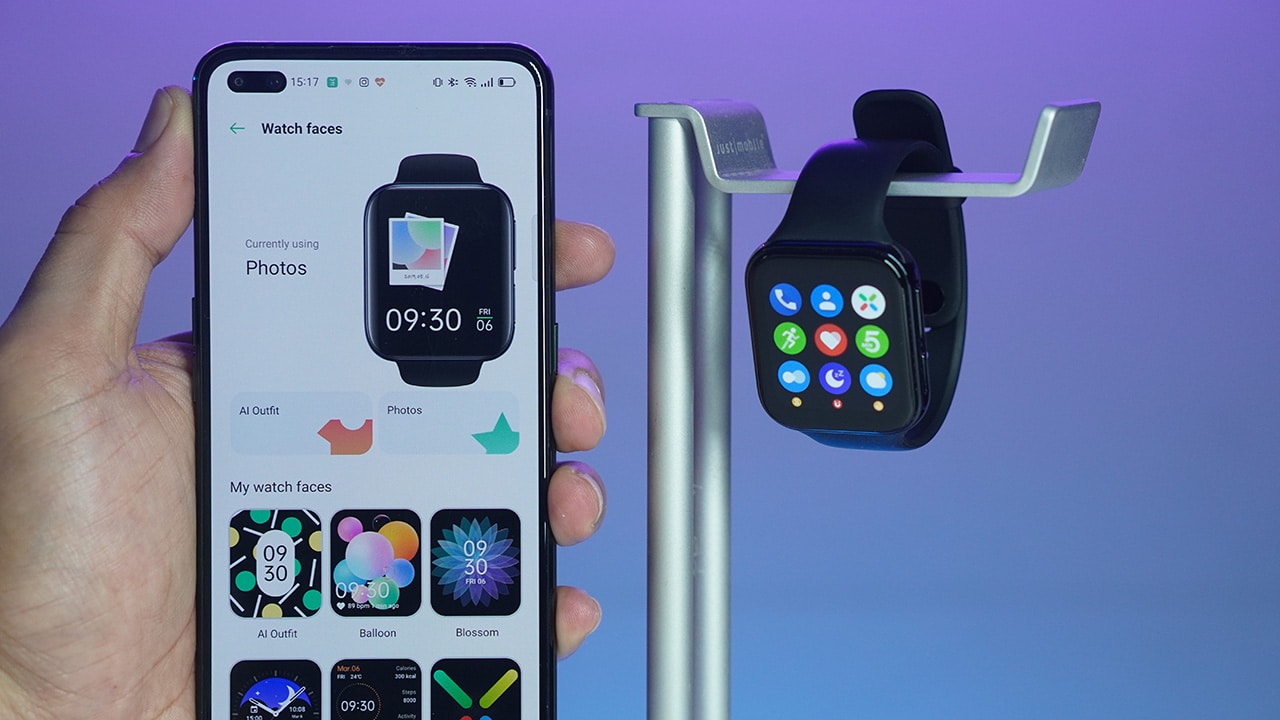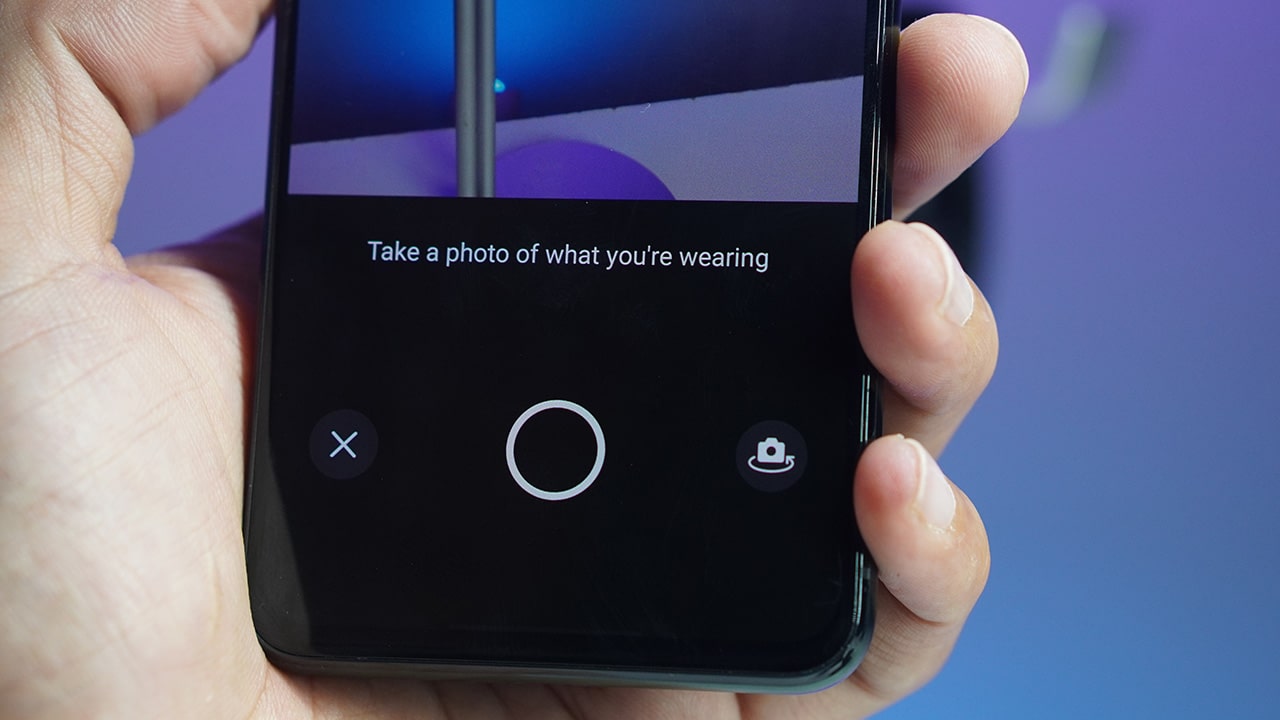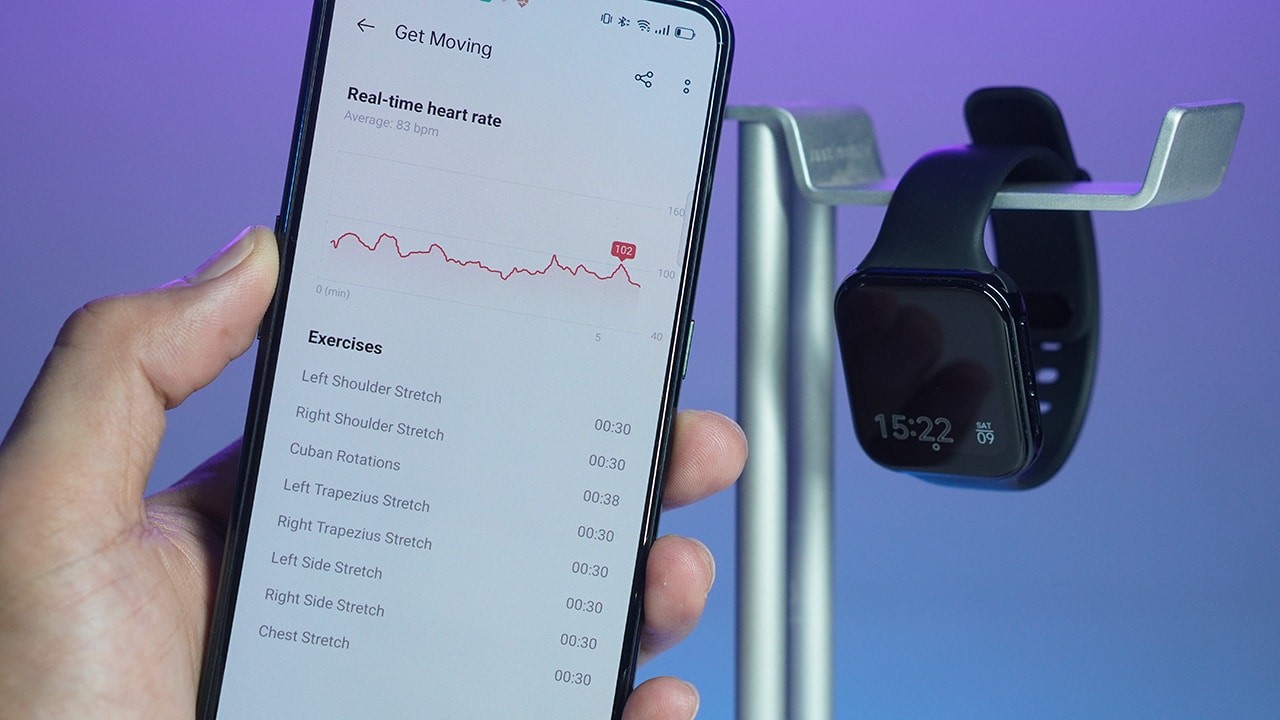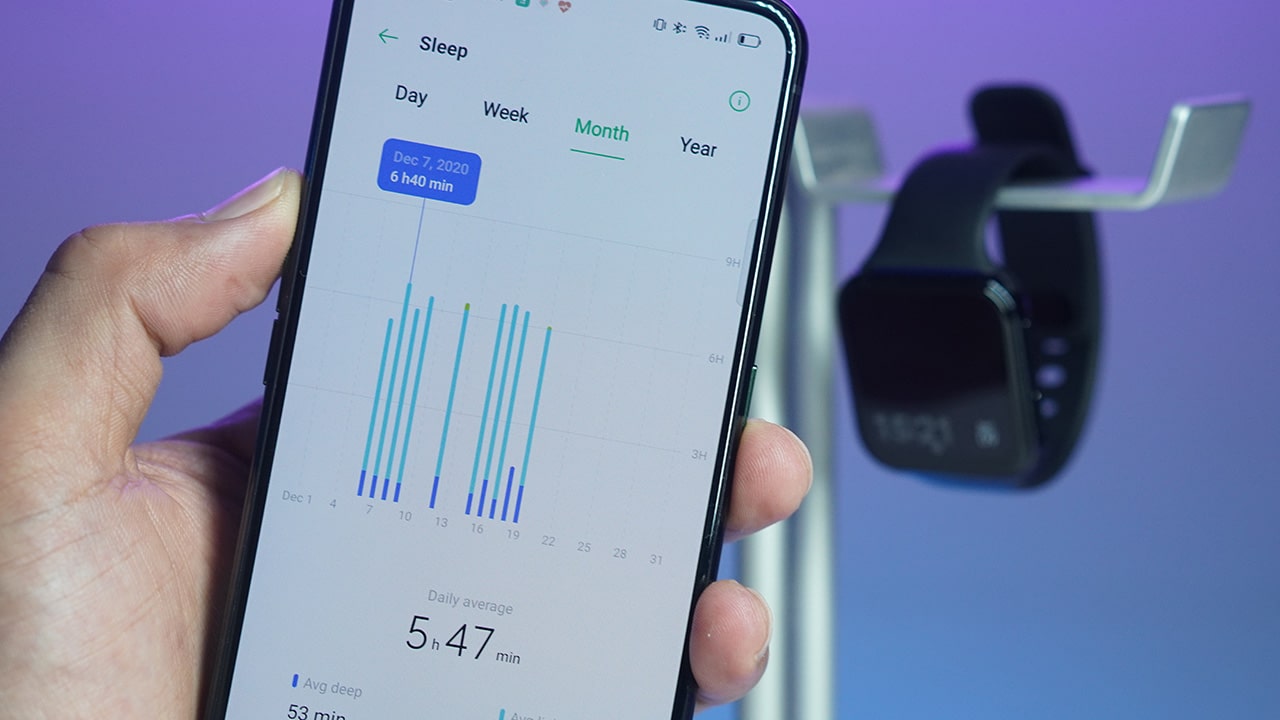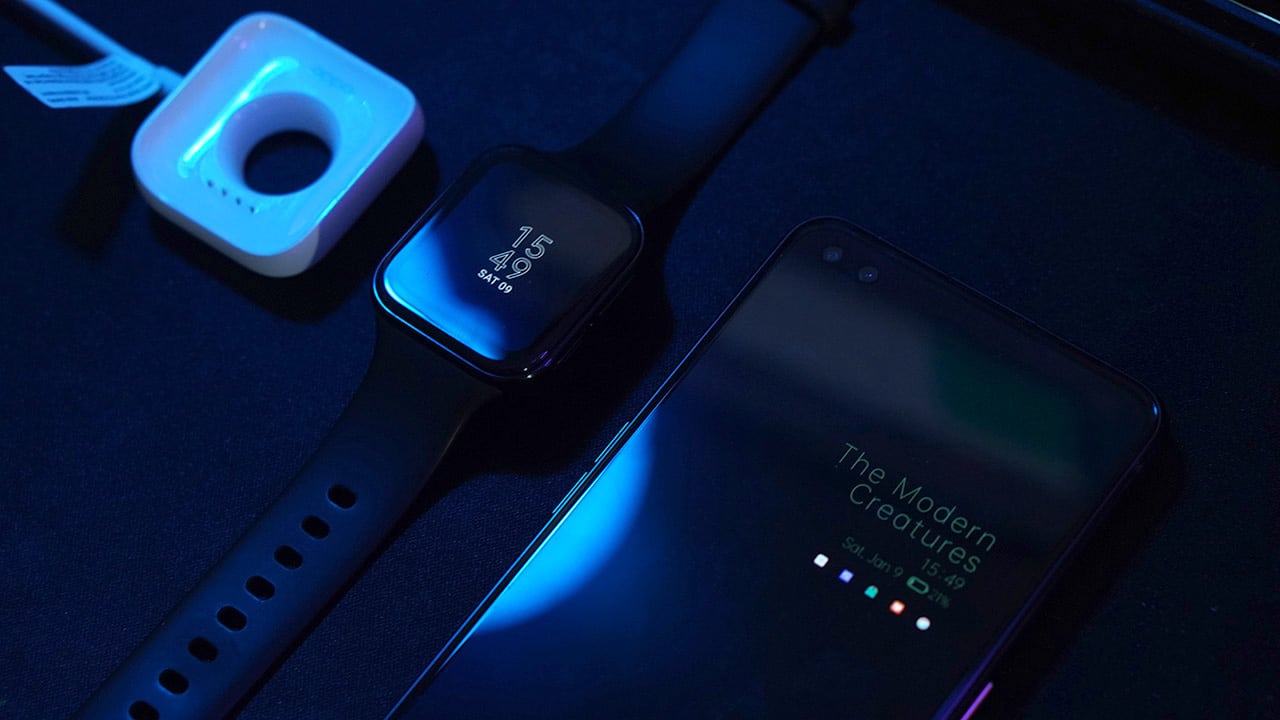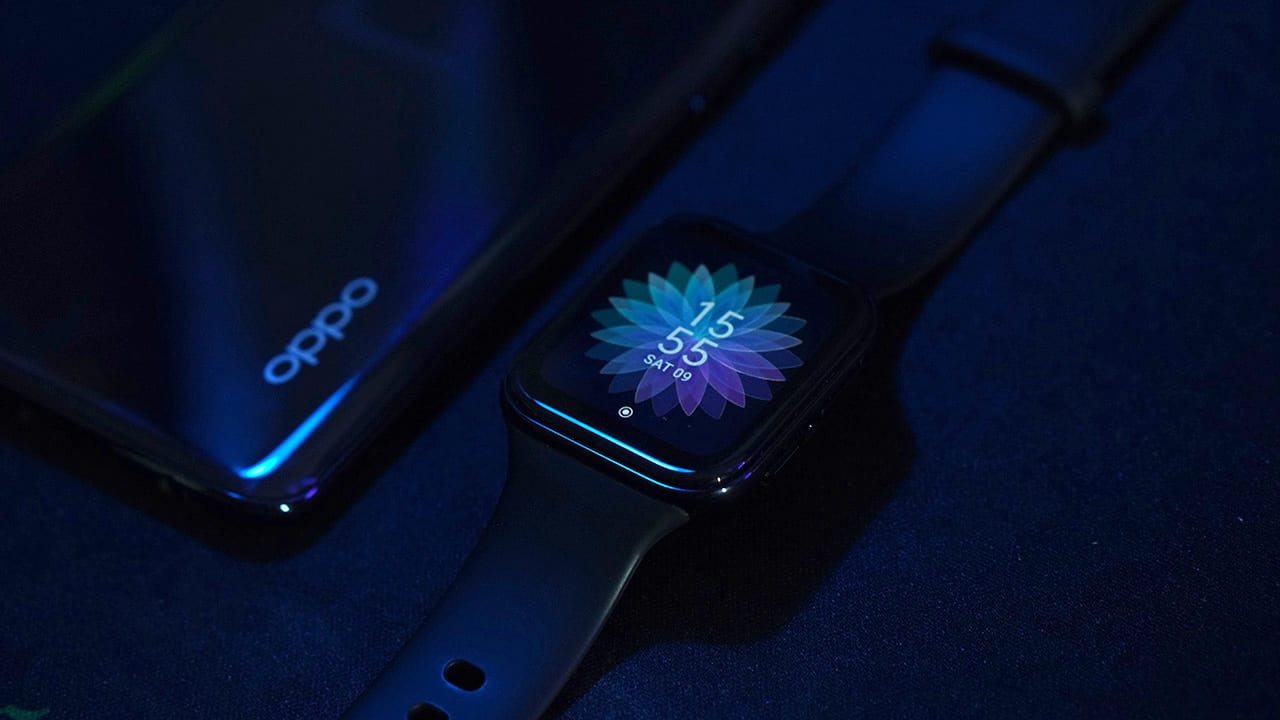When I saw the reveal of the gameplay trailer for Ghost of Tsushima back in E3 2018 I was instantly excited to play it.
I told myself, “Finally, a good samurai game”.
Two years later, I finally played it and it’s everything that I wanted a samurai game to be. Sucker Punch, the game’s developer, has made good titles for the PlayStation franchise in the past from Sly Cooper: Thieves in Time to the Infamous series. And now, I can say that Ghost of Tsushima is the best game they ever developed so far.
Story
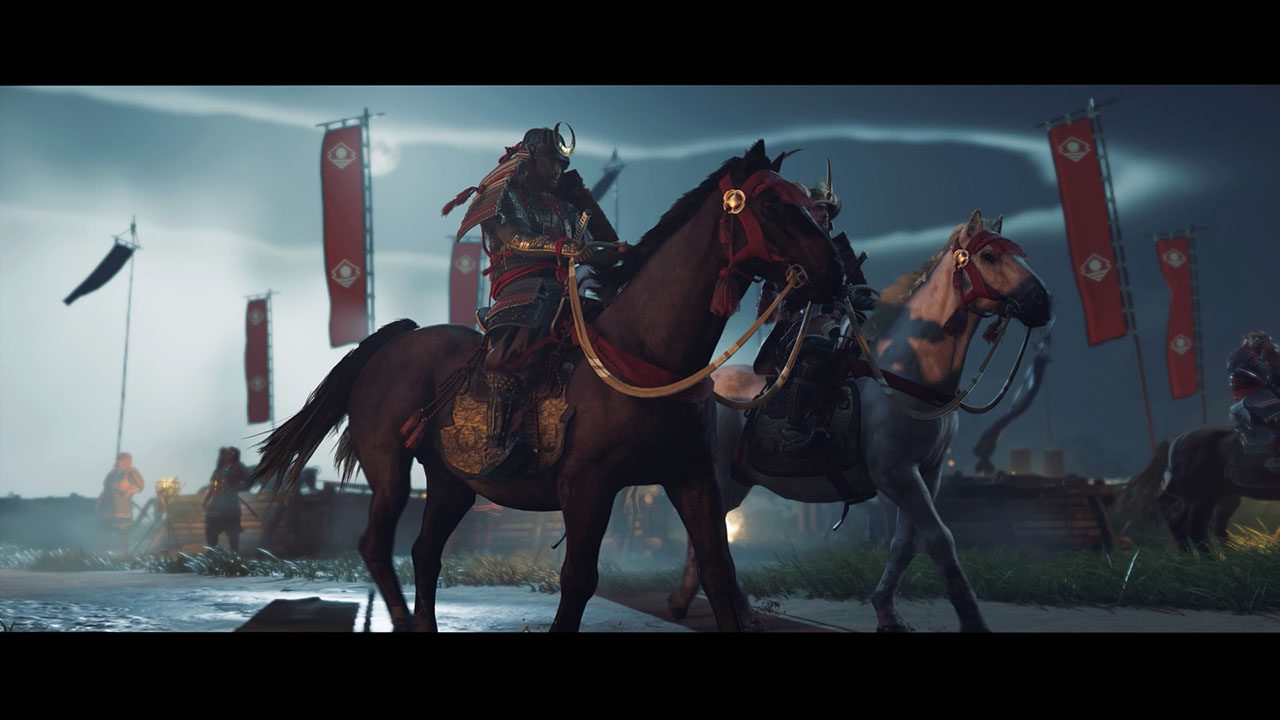
Ghost of Tsushima is set in 1274 the beginning of the Mongol Invasion of Japan. The story starts with a fierce battle with the samurai and Mongols. You play as Samurai Lord Jin Sakai who defends the island of Tsushima from the Mongol invaders that try to conquer Japan. Eventually, the samurai army was easily defeated by the antagonist Mongol leader Khotun Khan.
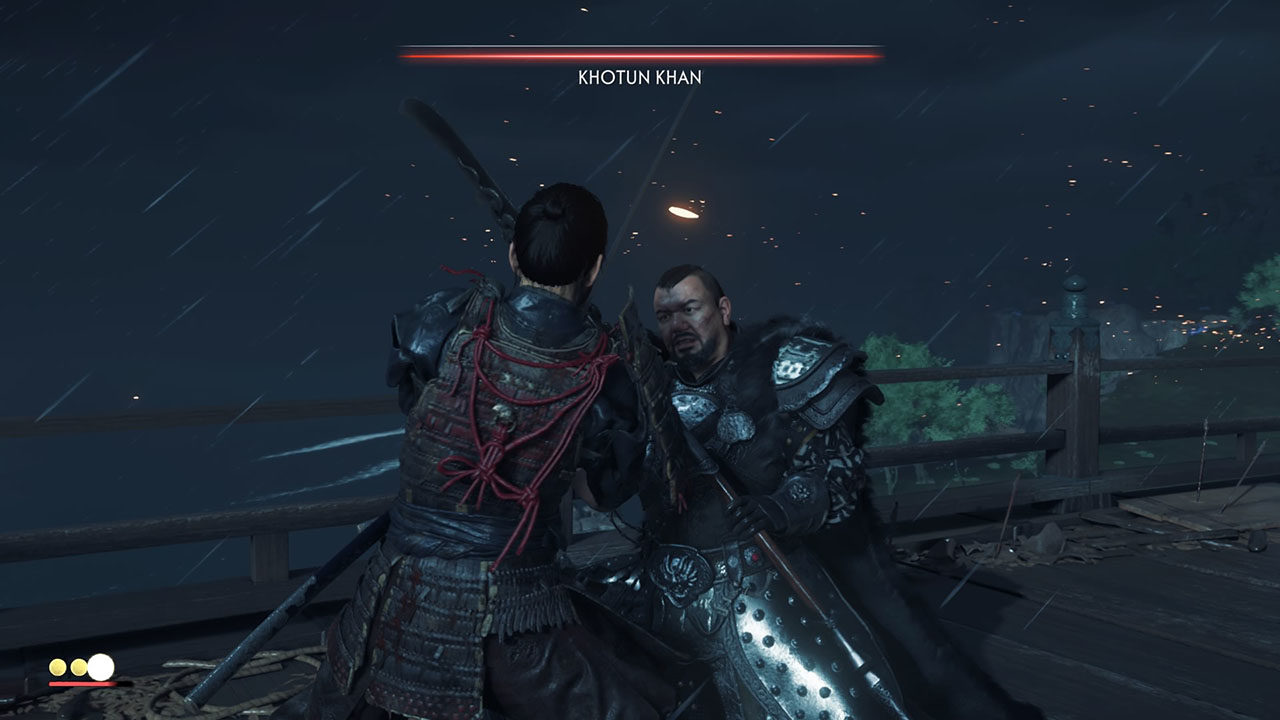
Being defeated by the Mongols with their dishonorable tactics, Jin realizes that in order to defeat the Mongol invaders, the honorable and restrictive ways of the samurai code might not be enough. As you play throughout the game, Jin Sakai addresses his inner conflict to bend his former teachings in order to save his homeland at any cost.
Voice acting and sound design
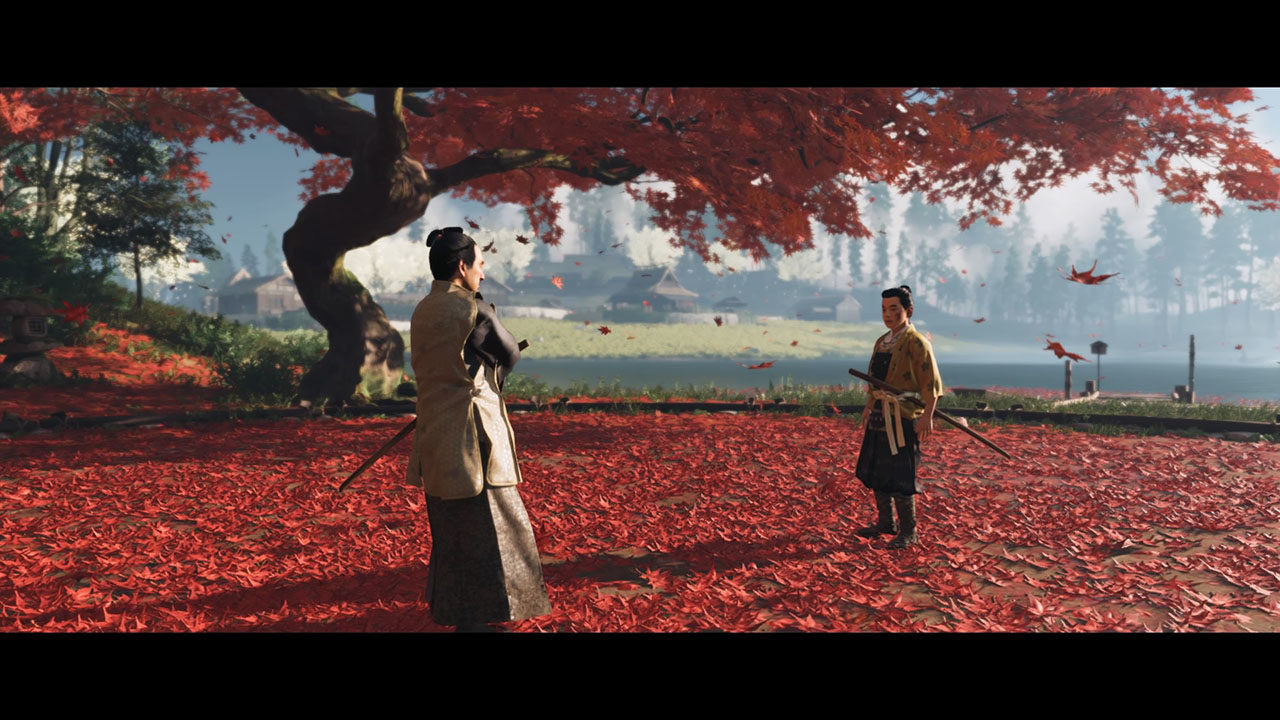
The English voice cast is great and it doesn’t feel like a cheap and funny dubbed version that we are used to in Japanese films. There is an option for Japanese language as well, but it’s a shame that the excellent Japanese audio doesn’t sync with the characters’ lip movement making the Japanese audio look like the dubbed version of the game. But it is a minor issue as it is still a good option to play the game in Japanese since it makes things authentic (especially in the black and white ‘Kurosawa Mode’ that basically looks like an old Akira Kurosawa film). Sound effects are very realistic and satisfying whenever you slay your opponents. Clashing your sword with the enemy sounds great as well.
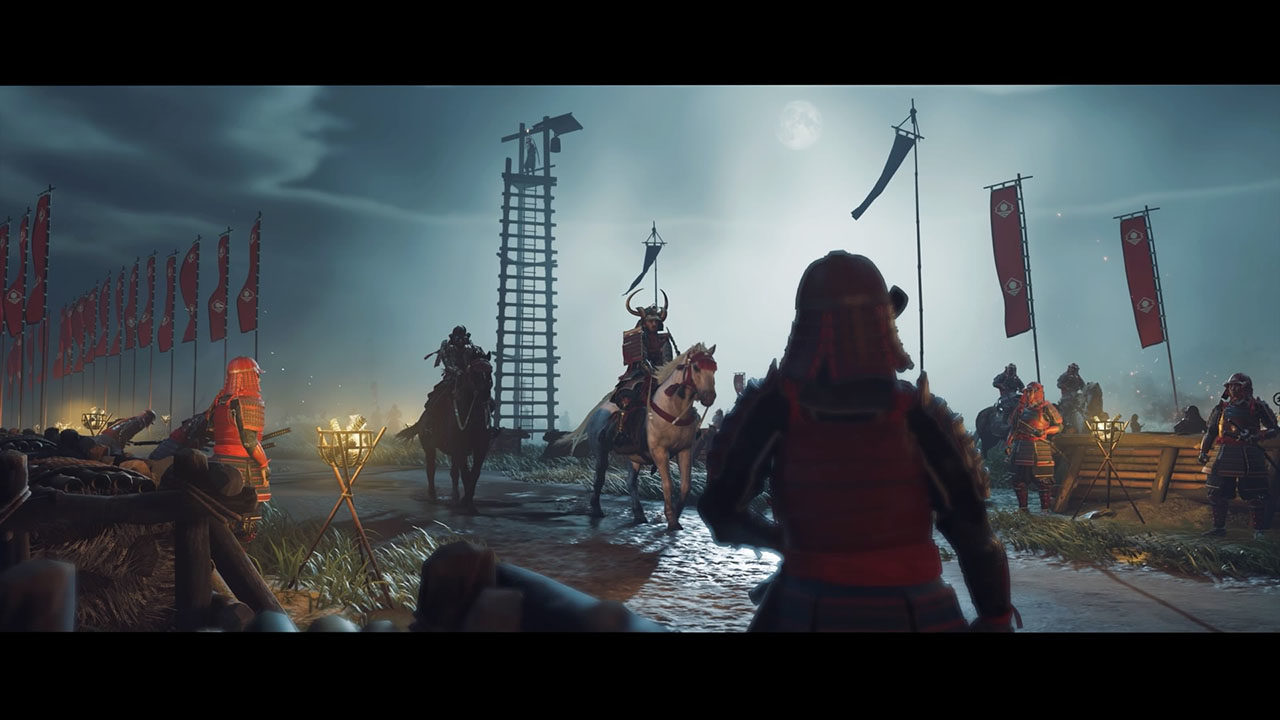
Musical scoring is excellent and always sets you in the mood depending on each situation. The music seamlessly shifts to a calm Japanese flute or Japanese guitar during stealth gameplay to loud Japanese drums when in battle. The game makes sure that the audio always enhances a scene in whatever it is trying to portray.
Graphics
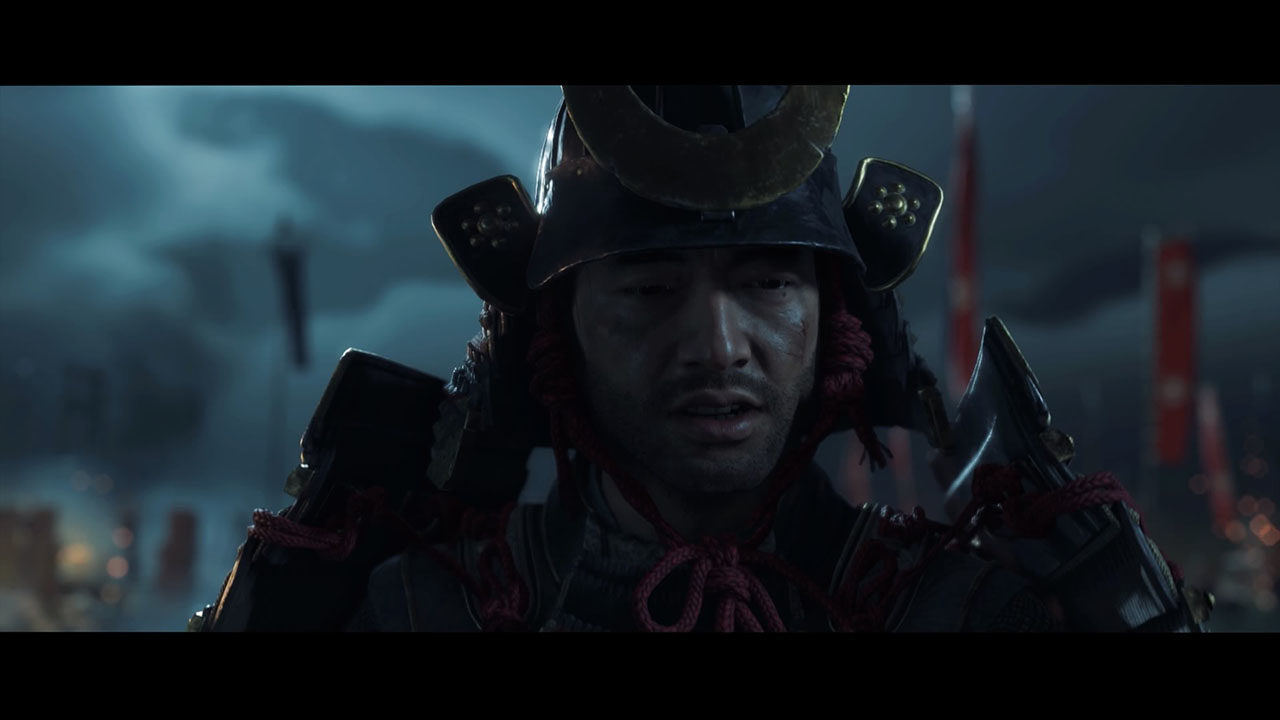
The graphics of this game just looks visually amazing from the scenic areas of the mountain tops, forest areas with leaves falling around you, and to the grass fields, everything just looks stunning. Sunsets and sunrise show a vibrant yellow/orange hue while the bright moon of the evening really sets the mood. The lighting of this game is just spot on.
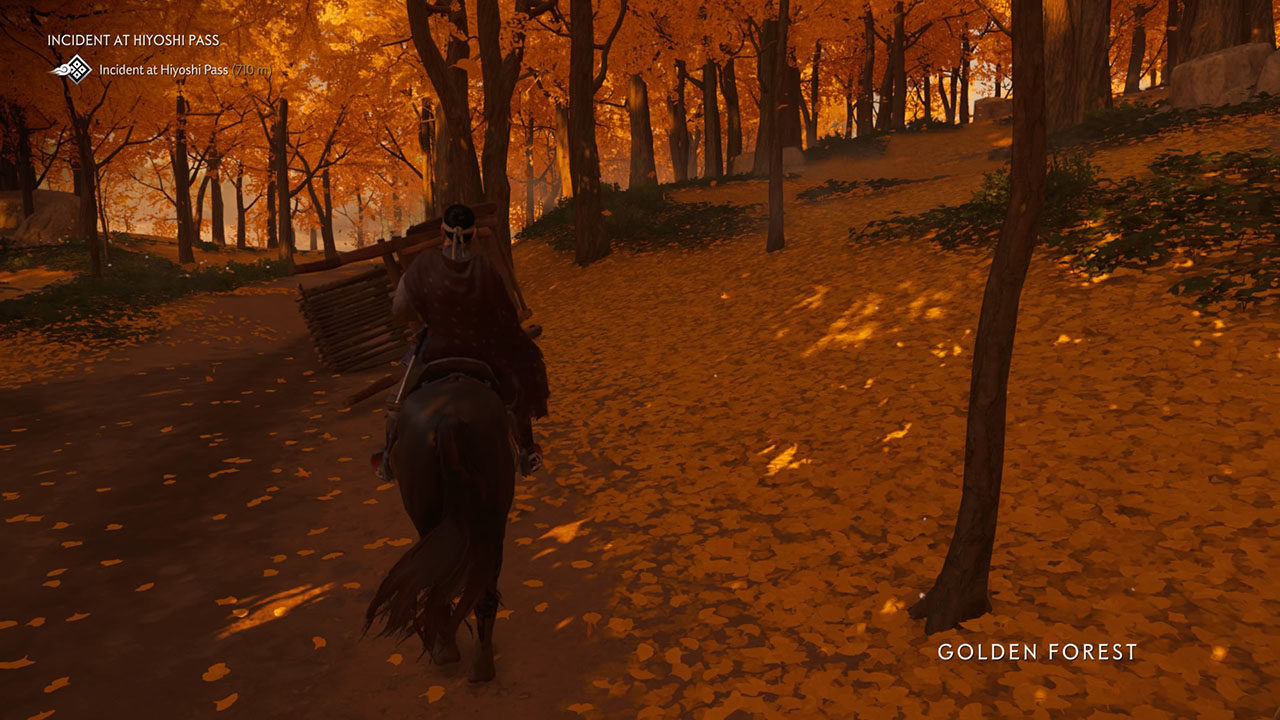
Whenever I travel to different areas of the map most of the time I always travel on horseback and seldom fast travel just to admire and appreciate the graphics and taking in the beautiful world that Sucker Punch created. The heads-up display of the game is very minimal to let you appreciate the view and graphics of each location. Even the waypoint aspect of the game when your roam the open world is just a wind blowing to point to you towards the direction you should go to. This alone makes you somewhat feel like you’re in a Japanese samurai movie.
Gameplay
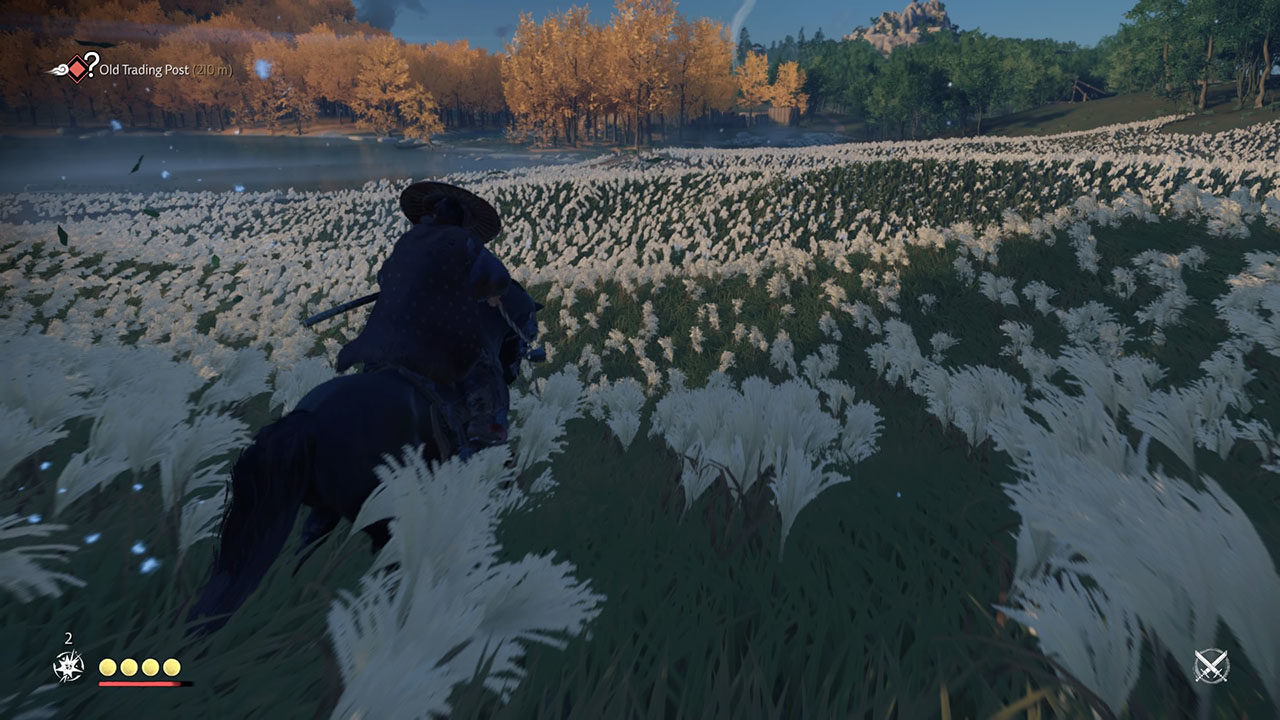
Let me get this out of the way — stealth combat is subpar. It is so basic that it doesn’t even allow you to hide dead bodies so that it won’t be discovered by the enemy.
It is satisfying killing an enemy silently, but the game stealth mechanics don’t help you remain hidden as long as you want to be. Fortunately, what the stealth gameplay lacks, it makes up with its excellent combat mechanics.
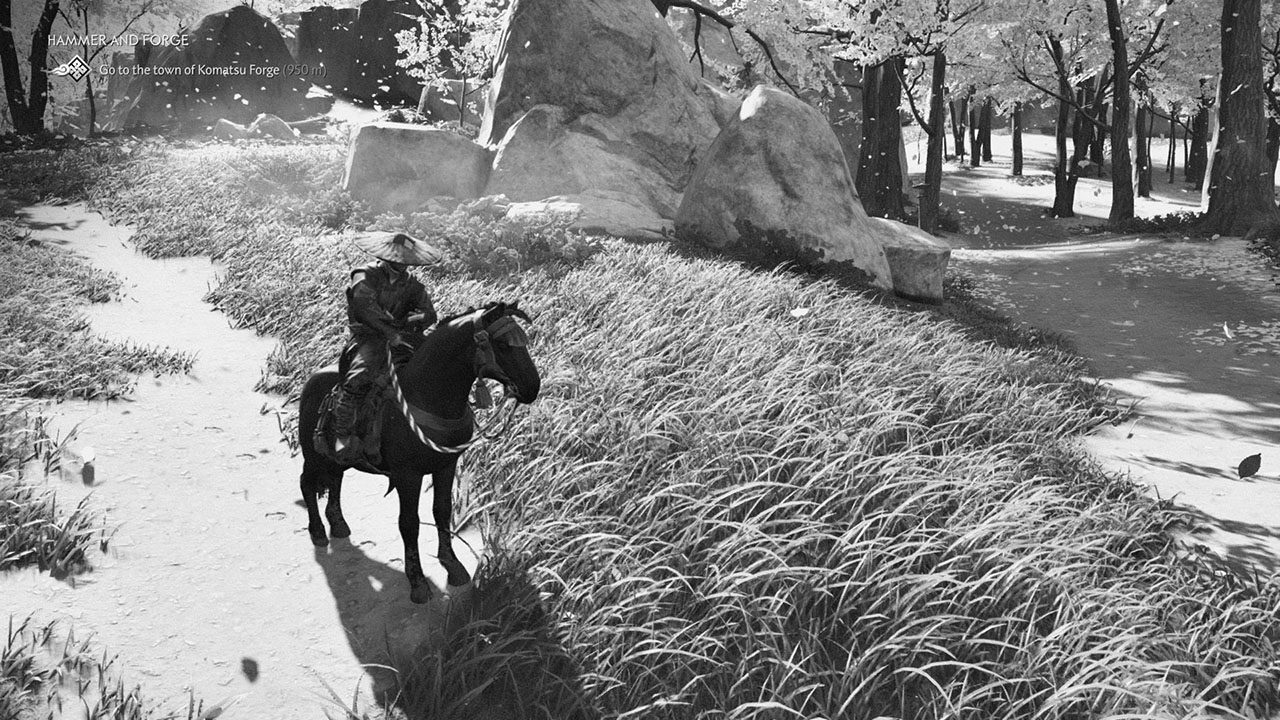
Whenever you’re battling numerous enemies, it exactly feels like you’re in a scene in a Kurosawa movie. The fighting mechanics, for me, feels like a mixture of The Witcher 3, Batman: Arkham series, and Sekiro. The combat system just feels so great and satisfying that in every encounter, I find myself wanting to face the enemy head-on since it makes me feel like a lone skillful samurai, and every enemy you defeat just makes you feel really cool.
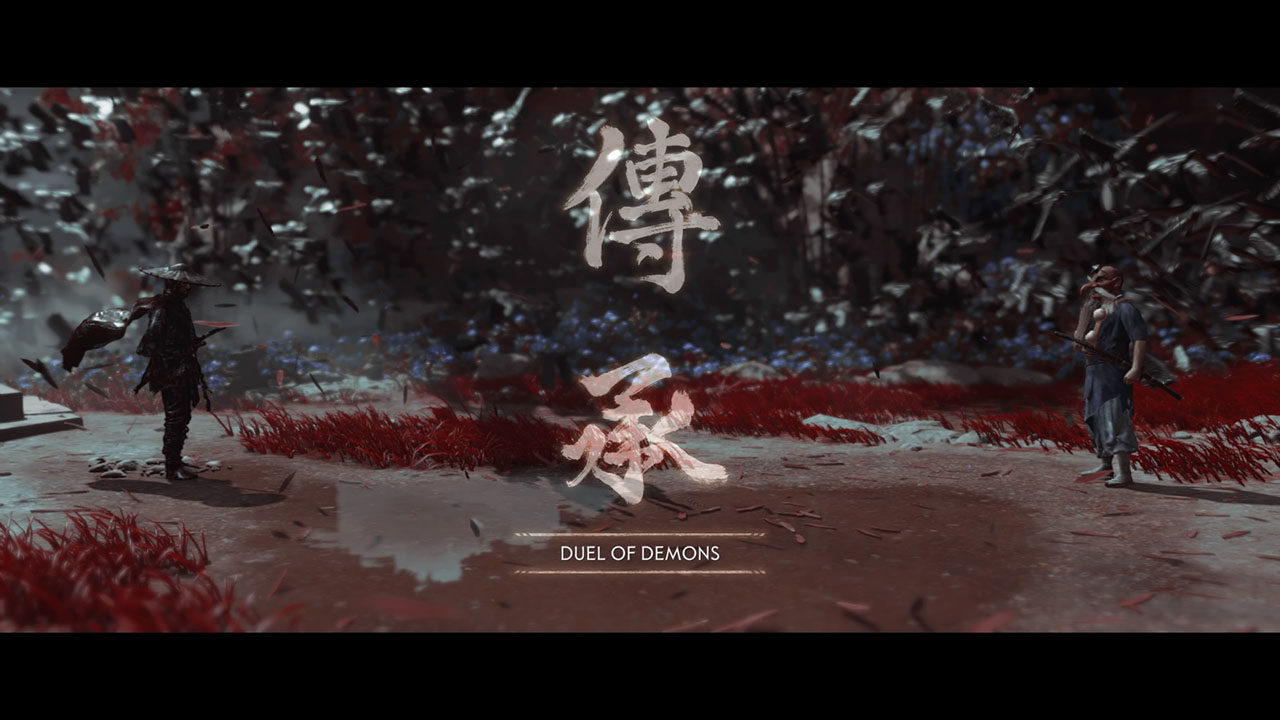
Whenever you encounter an enemy, the game gives you an option to do a standoff with your enemy. This lets you wait for an enemy to strike first so that you can perform a swift counterattack leaving your enemy dead — all while his comrades stand in shock of what just happened. I can’t stress this enough, it really makes you feel like a BADASS.
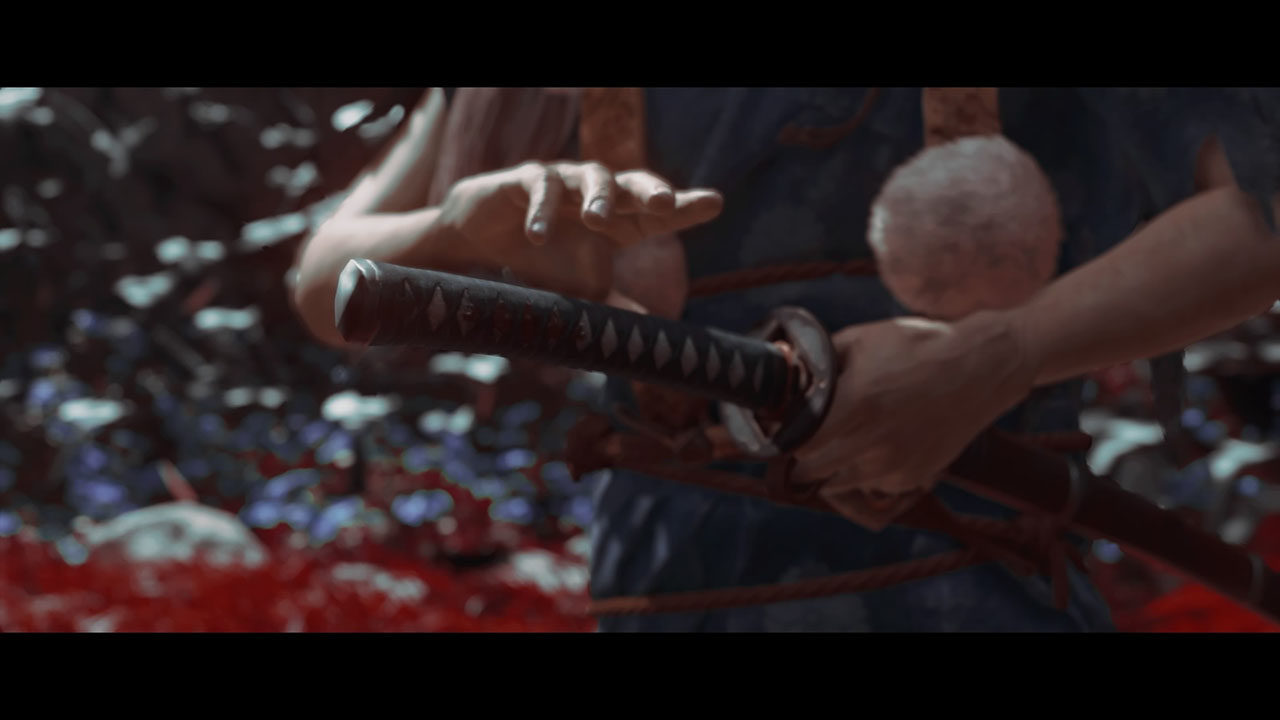
Camera angles in every fight are great as the shot is close enough to show the skillful maneuvers that your character makes, but far enough to see every enemy surrounding you.
I did encounter some camera problems, though, especially indoors with a wall or an object blocking the view of my character, and most of the time I die because of it. This problem is frustrating especially during combat as it can get chaotic and you rely heavily on the timing of your character’s deflect, dodge, and counterattacks to get out of difficult situations.
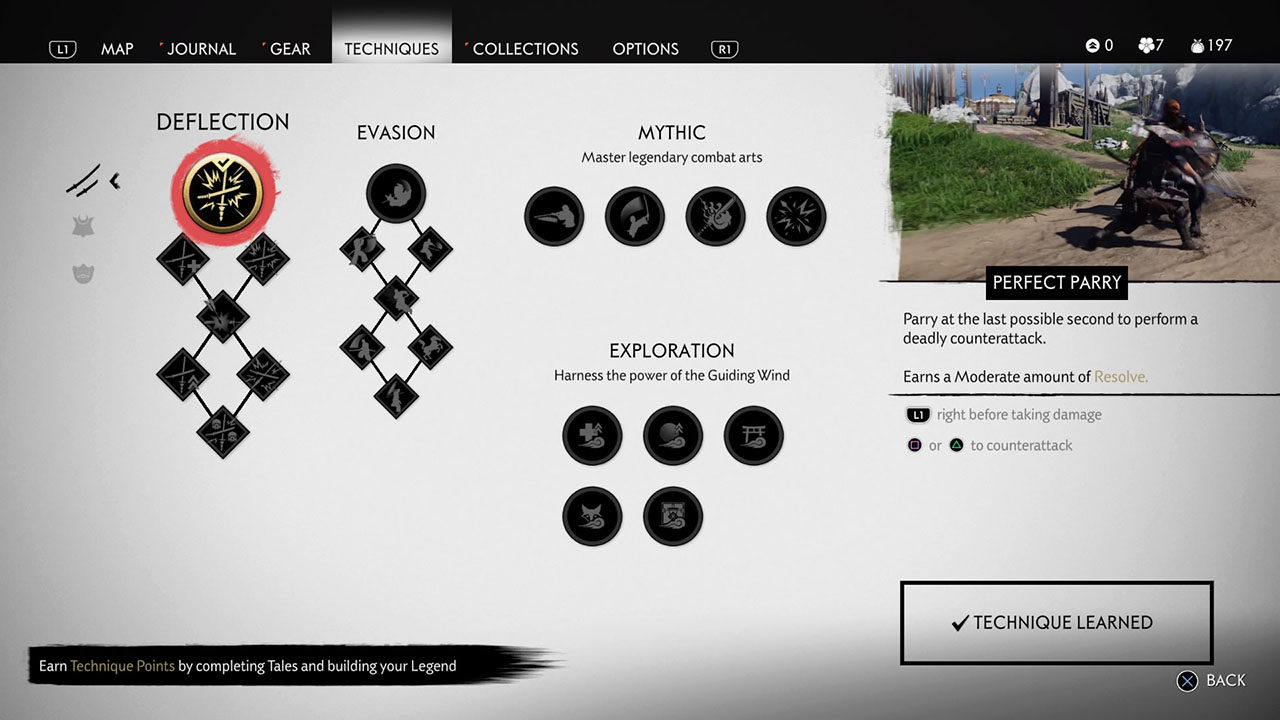
Character progression for this game is different from the traditional level-up system. Whenever you level your character up, there is no traditional stat progression system, but instead gives you new techniques that your character learns to be more efficient and effective during combat.
For example, you can have the ability to block or deflect unblockable attacks from tougher enemies or gain the ability to deflect arrows and many more. It’s a great progression system because you’ll never have the same problems as other games of wandering into an area with higher-level enemies that will just kill you in one strike. This way you will always have a fighting chance to survive every enemy encounter.
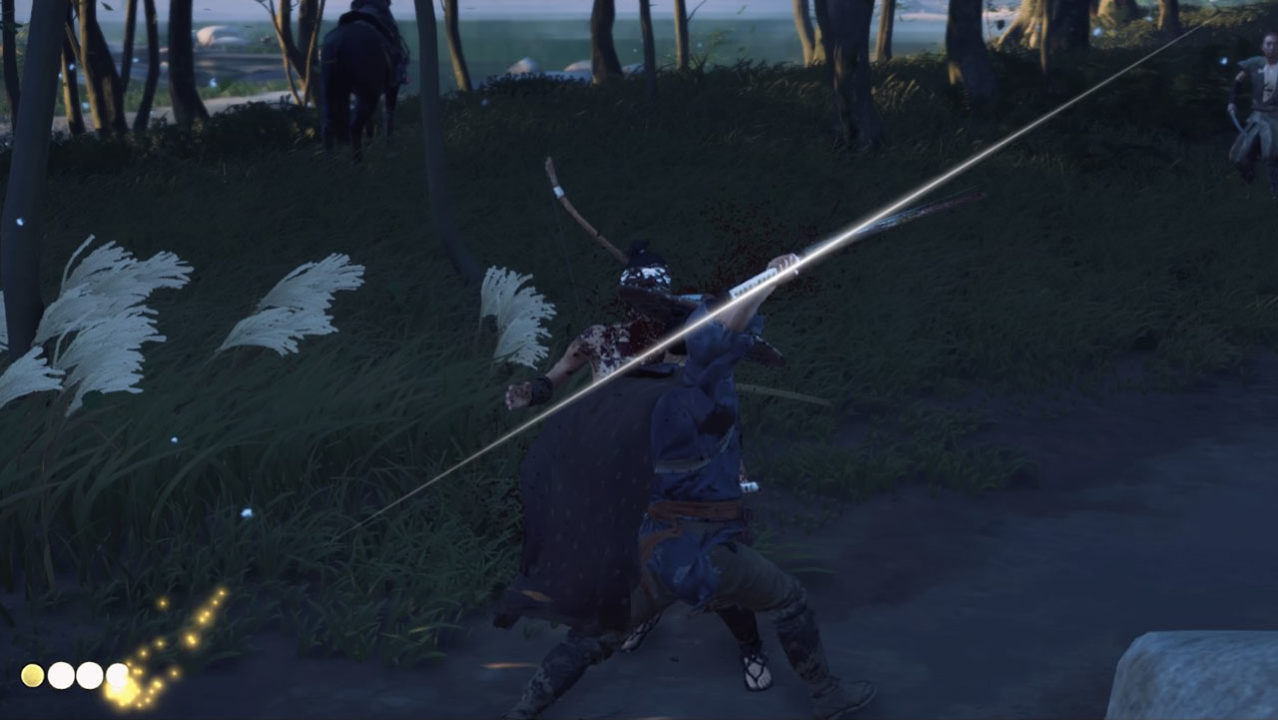
Enemies do get tougher as well and you do have to upgrade your armor and weapons to balance things out. But the game always feels balanced no matter how strong your enemies are or how advanced your character progression is in the game. Another great ability in the character progression system is learning new stances that are individually suited to deal with every enemy weapon type.
You also have a meter called Resolve that you can use to restore Jin’s health or to use for special ability strikes.
Side quests
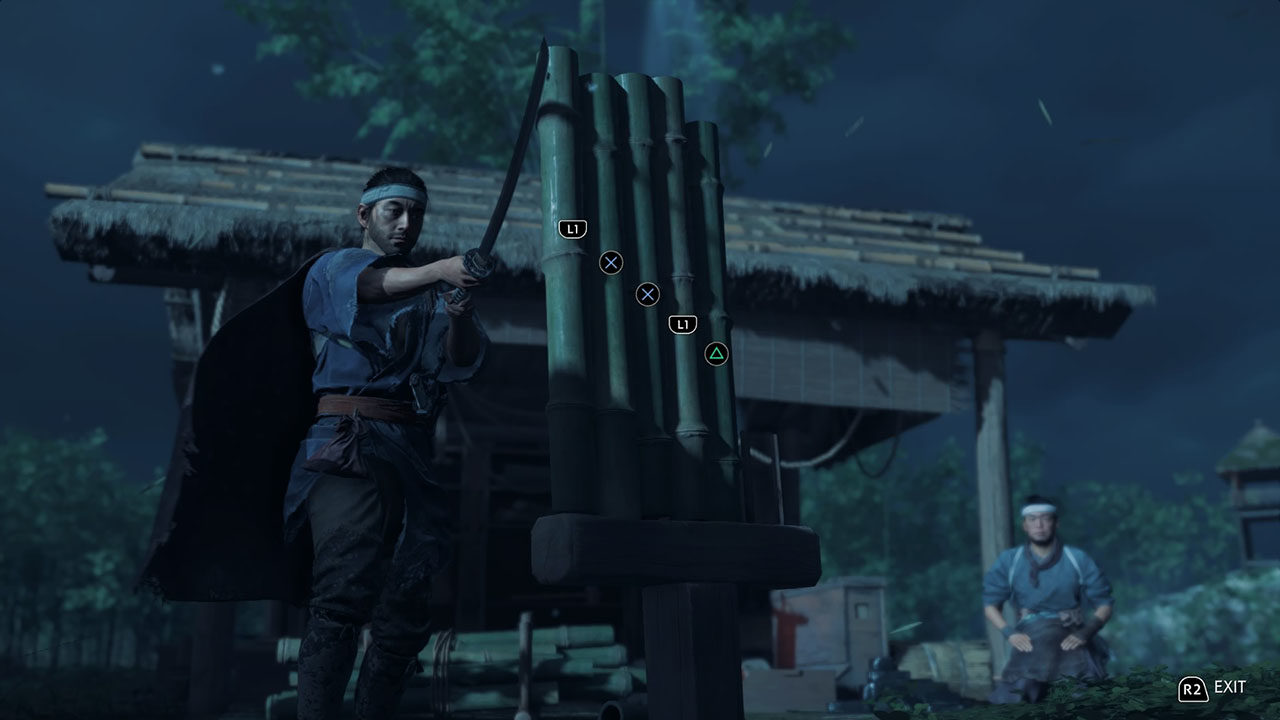
It’s great that the game’s side quest is never dull or never feels like a chore as it has several different types of side missions. The first is the common side quests where you help random villagers. What I like about this is that it always has different scenarios and never just doing the same tasks as other games do when they recycle side quests. In Ghost of Tsushima, every side quest is something new and never recycled.
Another type of side mission is specific missions for supporting characters. This side mission offers character development for each supporting character compelling you to complete each and every one of them so that you learn more about your supporting characters in the game. Another example of this side quest is letting you find new armor or weapons. All common side quests typically reward you with charms that you can use as a passive ability for your character.
Collectibles
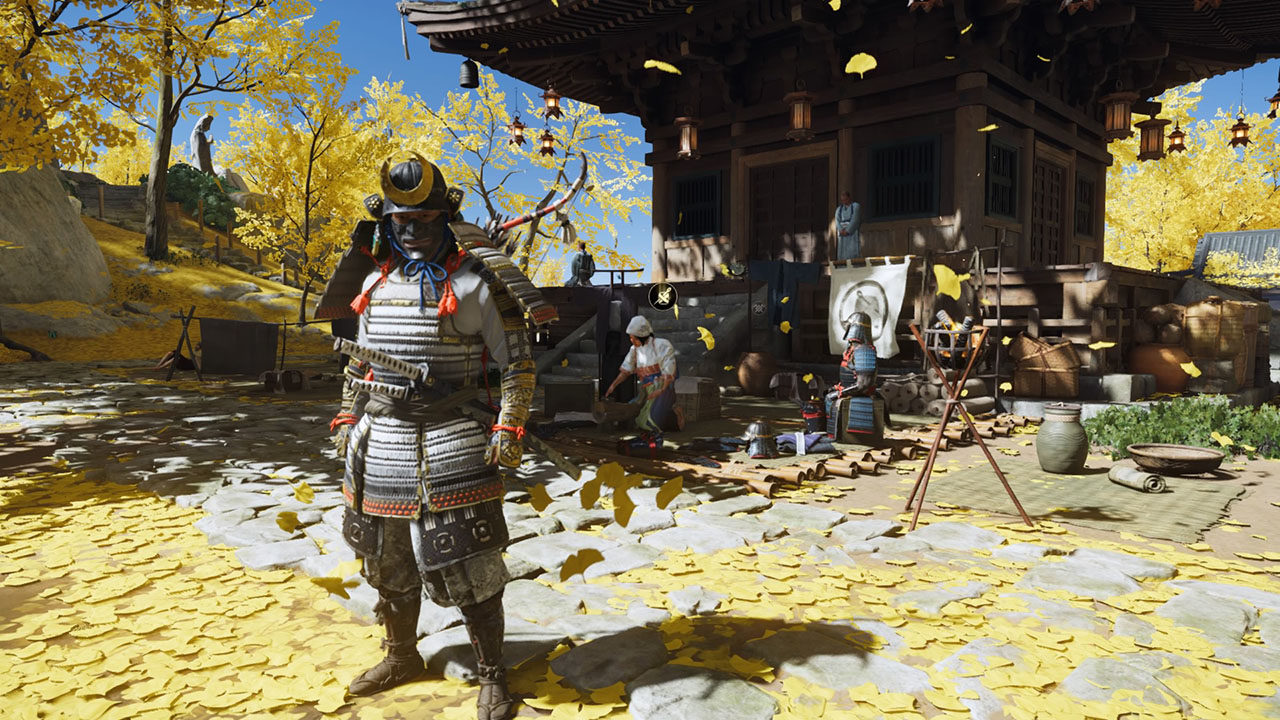
For this game, all collectibles are worth securing as each type of collectible can be used to improve your character aesthetics. An example of this is singing crickets. Whenever you collect singing crickets, a melody on your flute is added. Another example is collecting flowers that will unlock hats, bandanas, or color dye for your outfits. Whenever you discover a shrine, it will unlock a slot for your charms for you to equip them.
For other video games, I don’t even bother collecting because it’s simply not my play style. But for this game, I don’t mind doing so as the game gives you good rewards and it feels satisfying exploring and collecting them.
Final Thoughts
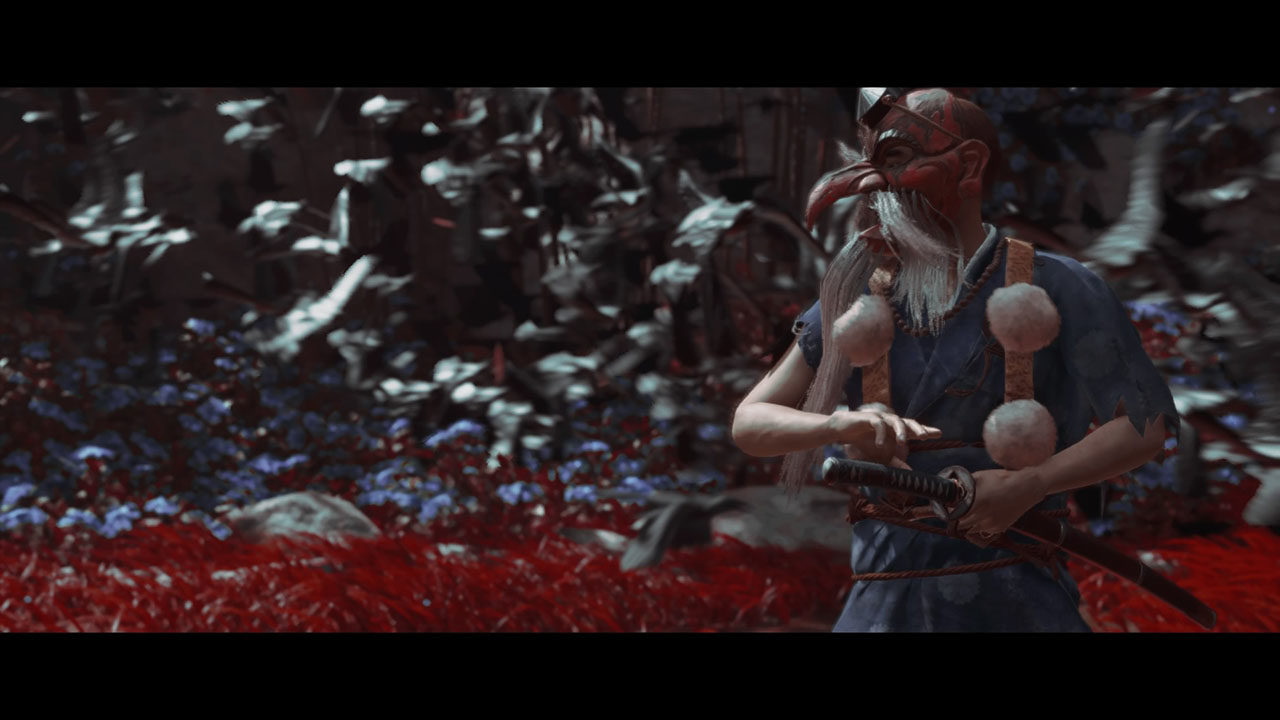
This game isn’t perfect, but it is no doubt the best samurai game I’ve ever played. The game has fantastic cinema highs that often left me with the same emotions I feel after every samurai film I watch. This is a great tribute to the Japanese culture that the developers are clearly trying to deliver.
Sucker Punch did a great job doing the last exclusive title for the PS4 and this is easily one of my top games for the PS4’s generation. From its story, its great progression system, and down to its combat mechanics, Ghost of Tsushima is a great game to end the PS4 era.
Again, if you want to feel like an unstoppable samurai badass then you should definitely get this game.


